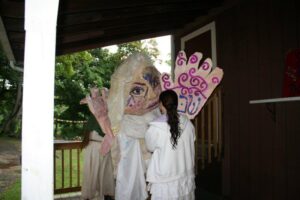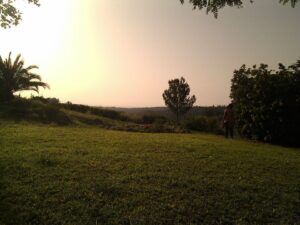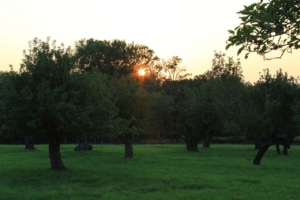🡄 (Previous category) :: 📁 Weekdays |
⤷ You are here:
🖖︎ Prayers & Praxes —⟶ 🌞︎ Prayers for the Sun, Weekdays, Shabbat, and Season —⟶ Shabbat 🡄 (Previous category) :: 📁 Weekdays 📁 Earth's Seasons :: (Next Category) 🡆 | ||
Sign up for a summary of new resources shared by contributors each week
  |










